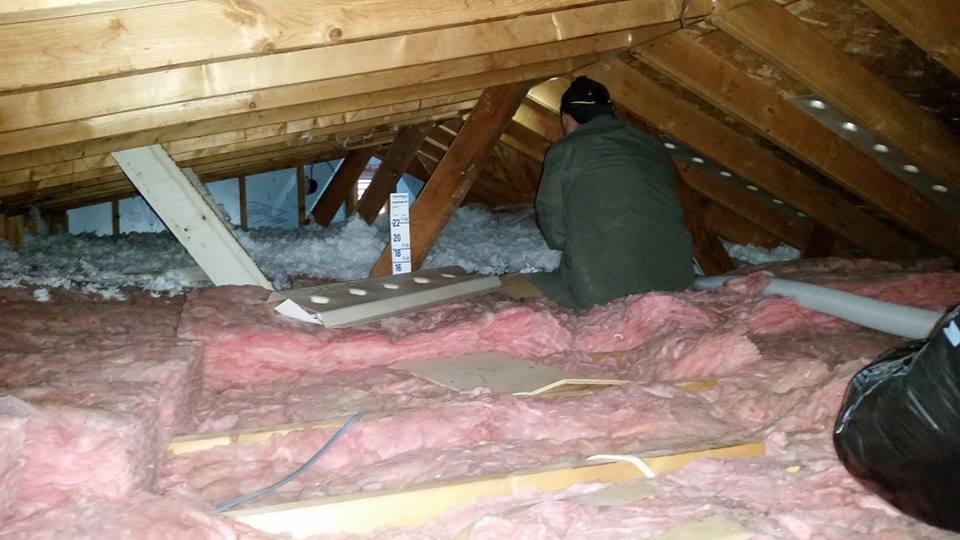First things first you need to go up into your attic inspect the condition of the insulation and calculate the current level of insulation.
How deep should blown insulation be in attic.
For loose fill cellulose this translates to a total depth ranging from 8 inches.
The recommended level for most attics is to insulate to r 38 or about 10 to 14 inches depending on insulation type.
Note from this chart that the ideal r value differs for each part of your home.
Inspecting your attic insulation.
The insulation in your attic should be at least 12 thick.
When blown into attics and wall spaces loose fill fiberglass offers an average r 2 5 thermal value per inch the higher the number the greater the insulating effect.
The thicker the better.
In temperate coastal areas such as zone 3 attic insulation of at least r30 up to a maximum of r60 is recommended.
Your attic should have a certain amount of insulation in it and the recommended level of insulation for your attic is dependent on where you live.
The blower should include two 50 ft.
Hoses that you can connect and snake into the attic.
How deep to put blown in insulation.
A poorly insulated attic lets heat escape through the roof wasting energy used to warm.
If your attic insulation is only a few inches thick or if you can see the ceiling joists you re wasting money on your heating and cooling bills.
Always cover the tops of the ceiling joists to make sure the insulation is deep enough to reach your target r value and to prevent thermal bridging the heat loss that occurs through the wood framing.
Work from the perimeter of the attic toward the door or hatch so that you don t trample all over the insulation you just put in.
Add the right kind of insulation when adding additional insulation you do not have to use the same type of insulation that currently exists in your attic.
Your helper will feed the blown in insulation into the hopper while you work the hose up in the attic photo 5.
It is not uncommon to see 15 to 20 of insulation in a well insulated attic.
Attic insulation is a key to saving energy during the heating season.










